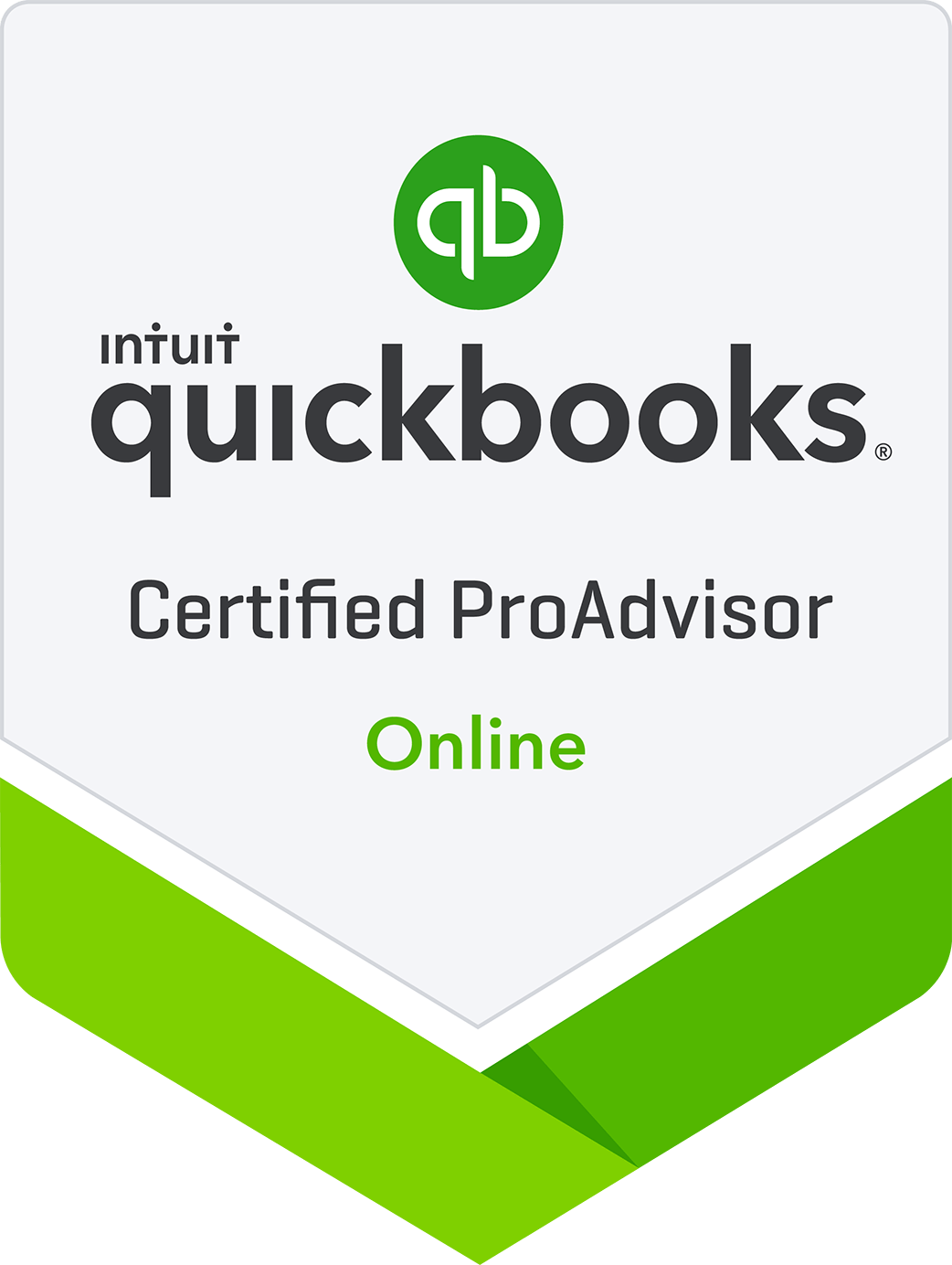Running a small business is often about taking and managing risks. Market risks are normal but business and tax risks are another thing altogether. Most business and tax-related risks can be managed as long you know about them. Here are seven small business risks you will want to make sure are covered.
1. Best Choice of Entity
Are you operating as a corporation, limited liability company, partnership, or sole proprietor? More importantly, is the entity you are operating under providing you with the greatest tax benefits and separation from personal liability? If not, you might want to explore the alternatives to make sure you’re taking the amount of risk that’s right for you.
2. Employees or Contractors
Are your team members properly categorized when it comes to the IRS’s rules about employees versus contractors? Unfortunately, it’s not about what you and your team member decide you want. If you decide to hire contractors and the IRS determines they are employees, you could owe back payroll taxes that can cripple a small business. So you’ll want to do the right thing up front and make sure you and the IRS are in agreement, or be willing to take a future risk.
3. Insurance
If you’d like to protect yourself from possible losses through a disaster, theft, or other incident, insurance can help. There are a lot of kinds to choose from, and you’ll likely need more than one. At the minimum, make sure you’re covered by:
- Business property insurance, renters insurance, or a homeowners rider to protect your physical assets.
- Professional liability or malpractice insurance, if applicable, to protect you from professional mistakes including ones made by employees.
- Workers compensation insurance, to cover employee accidents on the job.
- Auto insurance or a non-owned policy if employees drive their car for work errands.
You may also want personal umbrella insurance, life insurance, and health insurance. Check with an insurance agent to get a comprehensive list of options.
4. Sales Tax Liability
Are you sure you’re collecting sales tax where you should be? As the states get greedier, they invent new rules for liability. For example, if one of your contractors lives in another state, you may owe sales tax on sales to customers who live there even if you don’t live there or have an office there.
Nexus is a term that describes whether you have a presence in a state for tax purposes. Having an office, an employee or contractor, or a warehouse can extend nexus so that you’d need to collect and file sales tax for those states. If you’re in doubt, check with a professional, and let us know how we can help.
5. Underpricing
Most small businesses make the mistake of underpricing their services, especially when they start out. If you started out that way, it’s awfully hard to catch up your pricing to a reasonable level. Knowing the right price to charge can make the difference between whether the company last six months or six years. You can mitigate this risk by getting cost accounting help from your accountants who can help you calculate your margins and determine if you’re covering your overhead and making a profit.
6. Legal Services
Legal services can be expensive for a small business, so sometimes owners cut corners and take risks. Attorneys are needed most when it comes to setting up your entity, reviewing contractual agreements such as leases and loan agreements, settling conflicts, advising on trademark protection, and creating documents such as terms of service, employment agreements, and privacy policies. Just one mistake on any of these documents can cost a lot, so be sure it’s worth the risk.
7. Accounting Services
Doing your own accounting and taxes can be risky if they’re done wrong or incomplete. You could end up paying more than you should if you leave out deductions you’re entitled to. Worse, if you do your books wrong, you could end up overpaying taxes without realizing it. A common bookkeeping error results in doubling sales, and while it might look good, you certainly don’t want to pay more than what’s been truly received.
How did you do with these seven risks? If you need to reduce your risks in any of the areas, feel free to reach out for our help.



 Want a free consultation with us? Give us a call or send us an email to claim your complimentary consulting session.
Want a free consultation with us? Give us a call or send us an email to claim your complimentary consulting session.




